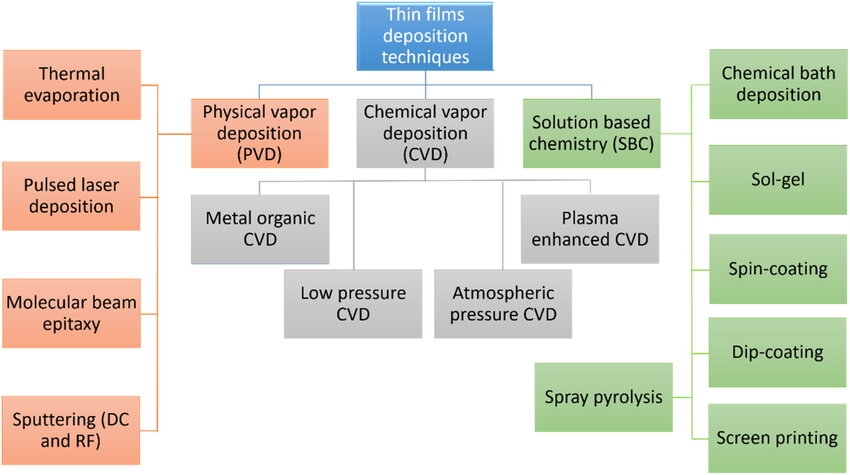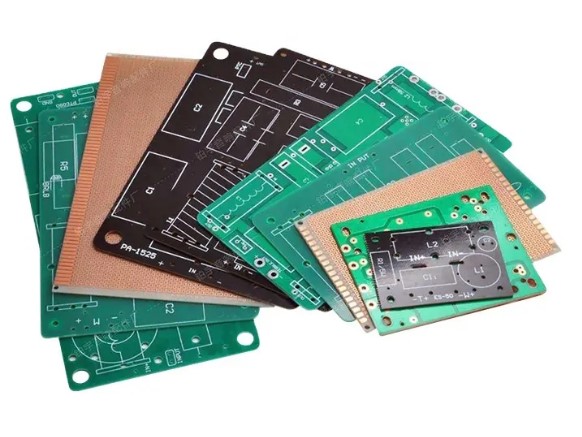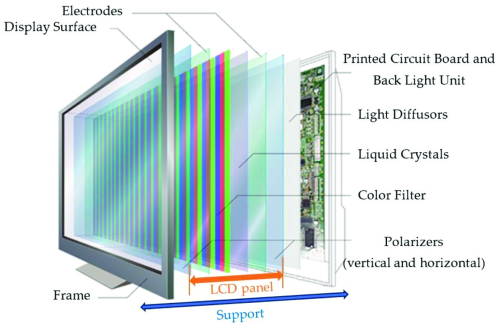
LCP Film for 5G and Aerospace Advances
Introduction
Liquid crystal polymers (LCPs) are high-performance materials known for their unique combination of fluidity and molecular order in liquid crystal phases when heated or dissolved. With rigid, rod-like molecular structures, LCPs exhibit exceptional high-temperature resistance, dielectric stability, and dimensional robustness. Since their development in the 1970s, LCPs have found widespread use in electronics, telecommunications, and industrial manufacturing. Among LCP grades, LCP films stand out for their low dielectric constants (2.9–3.5), minimal water absorption, high thermal stability (heat deflection temperatures of 250–320°C), and impressive tensile strength. These properties make LCP films ideal for high-speed, high-frequency applications, including 5G mobile antennas, wearable electronics, and aerospace communication systems.
Introduction to LCP Film
LCP films are derived from thermotropic liquid crystal polymers, the most widely used category of LCPs. They are classified into three types based on their thermal and processing properties:
- Type I: High heat resistance, suitable for electronic components.
- Type II: Balanced heat resistance and processability, ideal for antenna materials.
- Type III: Lower heat resistance, used in connecting tubes and sensors.
LCP films are stable at high speeds and frequencies, with low dielectric loss, minimal water absorption (<0.04%), and a low coefficient of thermal expansion (10–17 ppm/°C). These characteristics, combined with their mechanical strength (tensile strength of 150–300 MPa) and thermal shock resistance, make them indispensable in advanced electronic applications.
Applications of LCP Film
1. Flexible Wearable Circuits
LCP films are widely used in wearable electronics due to their excellent dielectric properties, flexibility, and durability. Key benefits include:
- Electrical Performance: Low dielectric constant and loss tangent ensure reliable signal transmission, preventing interference in devices like fitness trackers and smartwatches.
- Mechanical Flexibility: High tensile strength and flexibility allow LCP films to withstand bending and stretching, enhancing device durability and user comfort.
- Environmental Resistance: Resistance to moisture, chemicals, and temperature variations ensures consistent performance in diverse conditions.
2. 5G Mobile Phone Antennas
LCP films are critical for 5G antennas, enabling high-frequency communication with minimal signal loss. Their advantages include:
- Low Dielectric Loss: Ensures efficient signal transmission in millimeter-wave bands.
- Compact Design: Thin, lightweight films support the miniaturization of antennas in slim smartphones.
- Thermal Stability: Maintains performance under varying temperatures, essential for 5G devices.
3. Large Aircraft Radio Frequency Antennas
In aerospace, LCP films are used in RF antennas for their ability to withstand extreme conditions. Key features include:
- Signal Integrity: Low dielectric constant and loss tangent ensure reliable communication and navigation.
- Durability: Resistance to moisture, chemicals, and mechanical stress ensures long-term performance.
- Weight Reduction: Lightweight films contribute to fuel efficiency in aircraft.
4. 5G Millimeter-Wave Radar Communication
LCP films are essential for 5G millimeter-wave radar systems, offering:
- High-Frequency Performance: Low dielectric loss and stable electrical properties at frequencies up to 300 GHz.
- Thermal and Mechanical Stability: Withstands high temperatures and physical stress, ensuring reliability in harsh environments.
- Miniaturization: Enables compact, high-performance antennas and RF circuits.
5. 5G Base Station Flexible Transmitter Units
LCP films enhance 5G base station performance by:
- Optimizing Signal Transmission: Low dielectric loss improves signal quality and efficiency.
- Enabling Flexible Designs: Thin, durable films support compact and flexible circuit layouts.
- Ensuring Environmental Stability: Performs reliably in outdoor conditions with temperature fluctuations.
Conclusion
LCP films are a cornerstone of modern high-performance applications, offering unmatched dielectric properties, thermal stability, and mechanical strength. Their versatility enables advancements in wearable electronics, 5G communication, aerospace systems, and millimeter-wave radar technologies. As the demand for high-speed, high-capacity, and resilient solutions grows, LCP films will continue to play a pivotal role in shaping the future of electronics and telecommunications.
Stanford Electronics is a leading provider of high-quality LCP films, supporting these cutting-edge applications with reliable material solutions. Visit our website for more information.
Related Reading:
Liquid Crystal Polymer (LCP) Films in the Electronics Industry




